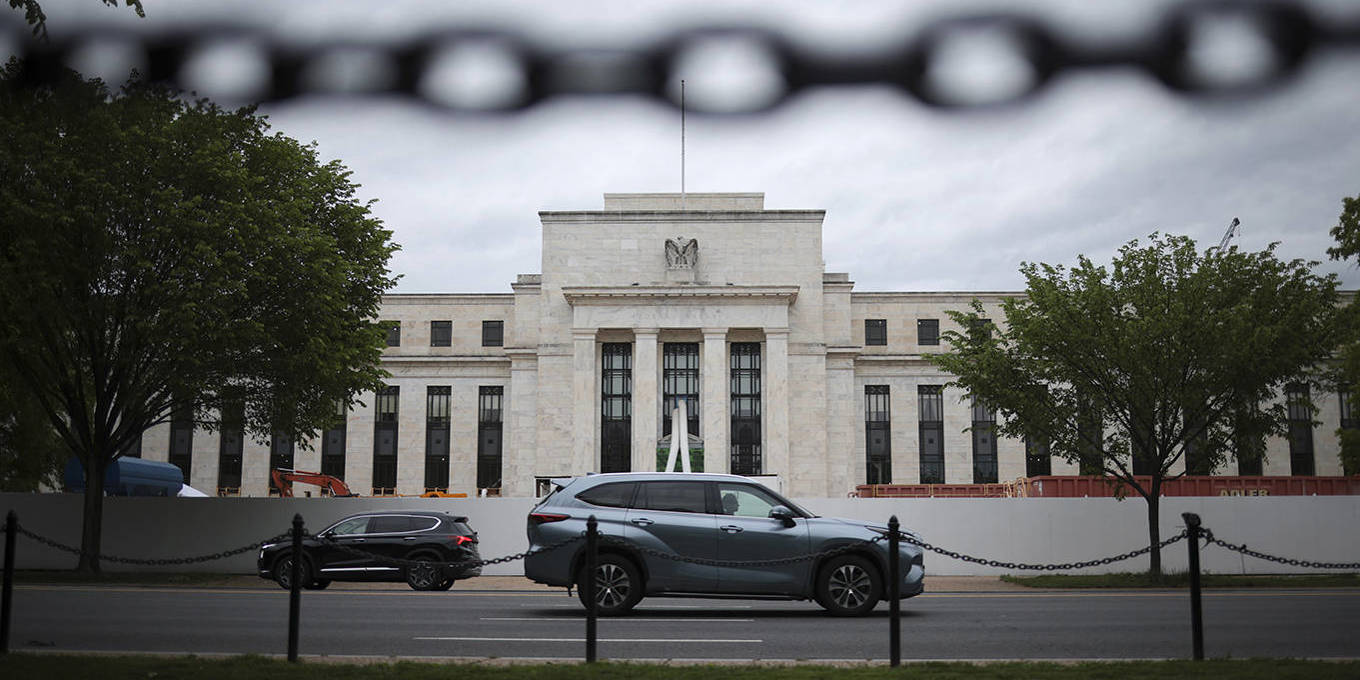In recent months, international gold prices have experienced a steady increase, reaching a high of $2,365 an ounce on April 9. This represents a remarkable 16.5% rise since the beginning of the year. The surge in prices can be attributed to several factors, including political fluctuations, the purchasing power of central banks, and expectations of the US Federal Reserve reducing interest rates.
Central banks have been playing a significant role in driving up gold prices. Countries like China, Turkey, India, and Russia have been increasing their gold purchases in recent years. These purchases are seen as a way for central banks to diversify their assets and reduce their dependence on the US dollar. Geopolitical tensions and uncertainties, particularly in the Middle East, have also contributed to the rise in gold prices.
Analysts believe that one of the main drivers behind the increase in gold prices is the expectation that the Fed will lower interest rates. This expectation is supported by market forecasts indicating a 51% chance of a 25 basis points rate cut in June. Lower interest rates make gold more attractive to investors because it does not pay fixed interest and can serve as a safe haven investment.
Economic and political fluctuations are expected to continue supporting the upward trend in gold prices. Some analysts predict that gold could reach $3,000 an ounce within the next 1-1.5 years due to ongoing tensions in various regions.
Overall, demand from central banks and individual investors coupled with global uncertainties are likely to keep pushing gold prices higher in the near future. Gold’s unique properties as a safe haven investment make it an attractive option for investors seeking protection against economic turbulence and geopolitical instability.


